The Colorful Carnival of Viareggio, Tuscany
Grand parades, colorful masks, dancers, jugglers and an amazing atmosphere make this experience unique and unforgettable. This is the Carnival of Viareggio, Tuscany!
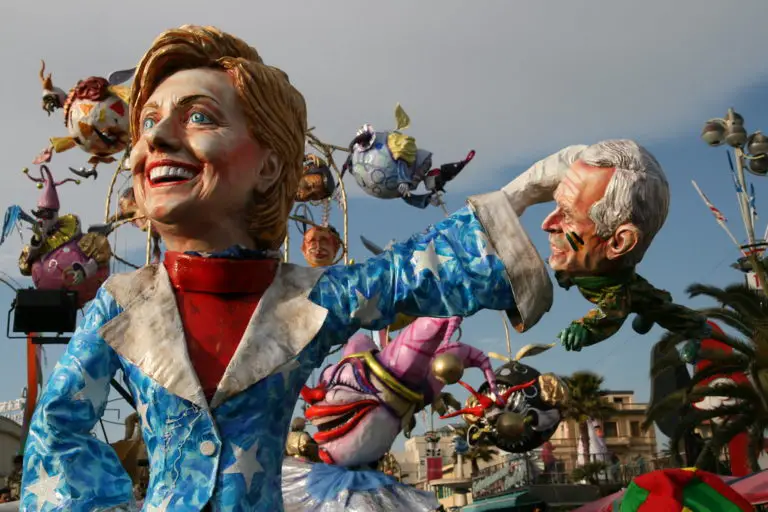
The Carnival of Viareggio is a special event you must attend when visiting Tuscany. No less than 33 giant floats parade down the seaside promenade of this beautiful gem of the Versilia. Curious about it? Keep reading!
In summer I usually spend a couple of weeks in my second house in Viareggio, and I like to travel around northern Tuscany to find hidden gems and discover local products.
In Viareggio, I took the chance of visiting the Museum of Carnival, at the Viareggio Carnival Citadel. Now I want to share with you the interesting things I found out about this extraordinary event, well-known all over the world.
Usually held between January and the beginning of March, the annual event of the Carnival of Viareggio takes more than a month of both day and night festivities with parades of allegorical floats, local parties, masked balls and festivals of all kinds.
As in Italy there is no celebration without good food, in the parade it’s a must to get Carnival sweets from the food trucks. Along with the common cotton candies and fried donuts, you can find traditional Tuscan Carnival sweets: cenci pastries – called by different names in other Italian regions, such as chiacchiere, frappe, grostoli and many others – and St Joseph rice donuts.
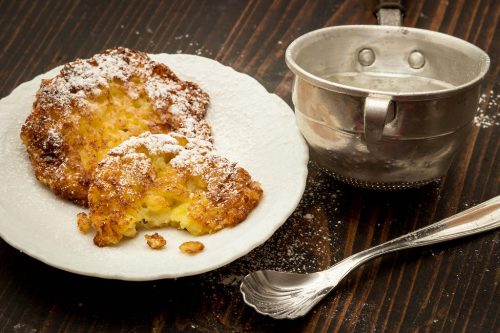
—> You may also like
It’s not only “Viareggini” (Viareggio dwellers) that go crazy for the Carnival! Each year celebrities as well as thousands of people go to Viareggio to admire the papier – mâché floats. On Mardi Gras the Carnival is live on RAI 3, national television channel, bringing the cheerfulness of its spectacular floats into Italians’ houses.
1. The Carnival Giant Floats
The secret of the Carnival popularity has something to do with the parade of colossal – the largest in the world, actually – papier-mâché floats, original and creative wheeled theatres made by 250 professionals who every year strive to impress both audience and jury to win first place.
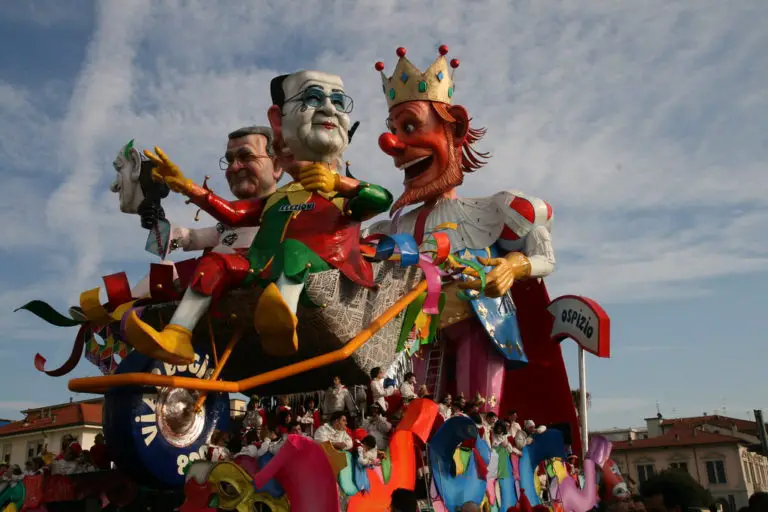
The hugest floats are those assigned to the 1st category, while smaller ones belong to the 2nd category. Along the city streets, you will also get to see single masks dancing around the floats. All of them fiercely compete to win the prize for their own category. It will be up to the jury of experts to declare the winners on the last day of the Carnival.
The topics of the floats vary year after year, even though some are a constant – think of Freddy Mercury, he’s always among the protagonists of the Carnival floats! Political satire is very much appreciated, along with internationally famous celebrities and sports figures.
2. History of Viareggio Carnival
The first parade took place in February 1873 along via Regia, in the heart of the city, as a way of celebrating Mardi Gras. Wealthy youngsters who used to gather at the Casino Café first came up with the idea of organizing a carriage parade for carnival.
As the popularity of the event grew, the float size increased as well, thus attracting thousands and thousands of visitors every year.
People loved it so much that not even WWI could destroy this parade: it stopped for a while, only to be resumed a while later – luckily for us!
Where does the satirical spirit of this event come from?
Back in the day, since it was a rich people’s idea, the lower classes considered the frivolity of the parade an insult and therefore started wearing masks to mock the rich, parading along the streets with the intent of protesting. This is why nowadays the satirical mood still characterizes the Carnival.
—> You may also like
Where to Store your Luggage in Train Stations, Airports and for Free in Italy
3. Burlamacco and Ondina, Mascots of the Carnival
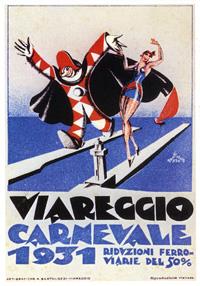
Burlamacco, the symbolic mask of Viareggio, was conceived in 1930 by the futurist painter and graphic designer Uberto Bonetti. Taking a cue from the masks of the “Commedia dell’Arte” and drawing it in a futurist key, Bonetti wanted to merge the two central aspects of Viareggio city life: summer, represented by the white and red colors typical of beach umbrellas in the 30s, and the Carnival, of course.
Burlamacco first appeared in the Carnival manifesto of 1931, in the company of Ondina, symbol of the summer season.
Burlamacco and Ondina have been the symbols of Viareggio Carnival and the city ever since.
4. The Viareggio Carnival Citadel
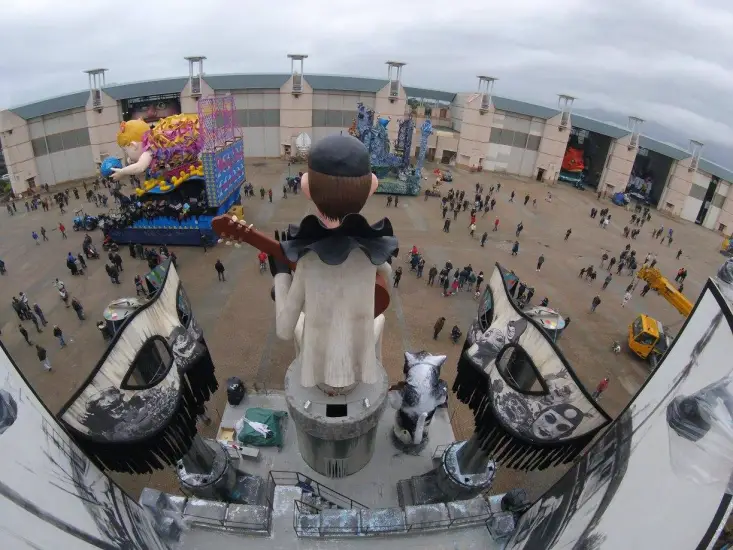
The Citadel, inaugurated in December 2001, is the largest and most popular Carnival masks center in Italy. This extraordinary architectural complex is indeed entirely dedicated to the creation and preservation of the Carnival of Viareggio.
Here you will find:
- the floats builders’ workshops,
- the 16 hangars, where the allegorical floats are built and kept
- two museums: one dedicated to the history of the Carnival floats – where you can enjoy a guided tour, as I did – and the other to Carnevalotto, a valuable collection of works of art created by contemporary designers.
Did you know that..
Floats are incredibly tall and heavy. They may weigh up to 40 tonnes and are taller than the hangar itself, which is no less than 14 meters. What a hard work that is!
Fun Fact: the Float Who Travelled the World
In 2004 a 13-meter tall float was built and became well-known all over the world. It was the only float which could be disassembled and reassembled, that’s why so far it has been the only float that was brought all over the world. The float’s name was “Scusate se ci divertiamo, balla che ti passa” (trans. “Sorry for having fun, dance it out”). The front was composed of a black wall and behind was a giant dancer who moved along with acrobats, clowns and jugglers.
5. How The Giant Floats Are Created
The two guides at the Museum explained us how these marvellous floats are made.
Here is what you need:
- Newspapers (gray and pink colors)
- Crete or clay
- Glue (made of water and flour)
- Plaster
- Rushes
- Woods
- Wires
- Sticks for modeling
- Paints and brushes
Procedure
- First you need to conceive the subject (be creative!), then draw and color the sketch
- Build the structure that will support the clay with rushes, woods and wires
- Cover the structure with clay that you will model by hand and with the help of some tools such as sticks
- Pour the plaster on the clay model, covering it entirely. When the plaster is dry, carefully detach the two parts
- Apply pieces of newspaper on the concave part and make them adhere well. It is important to overlap alternating layers of white and colored paper, all brushed with flour glue, so as to distinguish them more easily. Repeat the procedure in the other concave shape (two layers each are necessary).
- Let the paper applied to the shapes dry. When the paper is dry and hardened, remove the plaster and join the two parts by stitching them.
- Take brushes, colors and imagination and paint the mask.
Images credits (descending order): Carnevale Viareggio 2014 by LonelyTravellerBlog // CC BY-SA 2.0; Frittelle di riso by tamara mambelli // CC BY-NC 2.0; Carnevale viareggio 2008 by Jego84 // CC BY-NC-ND 2.0; last pic (the Citadel) is taken from viareggio.ilcarnevale.com
